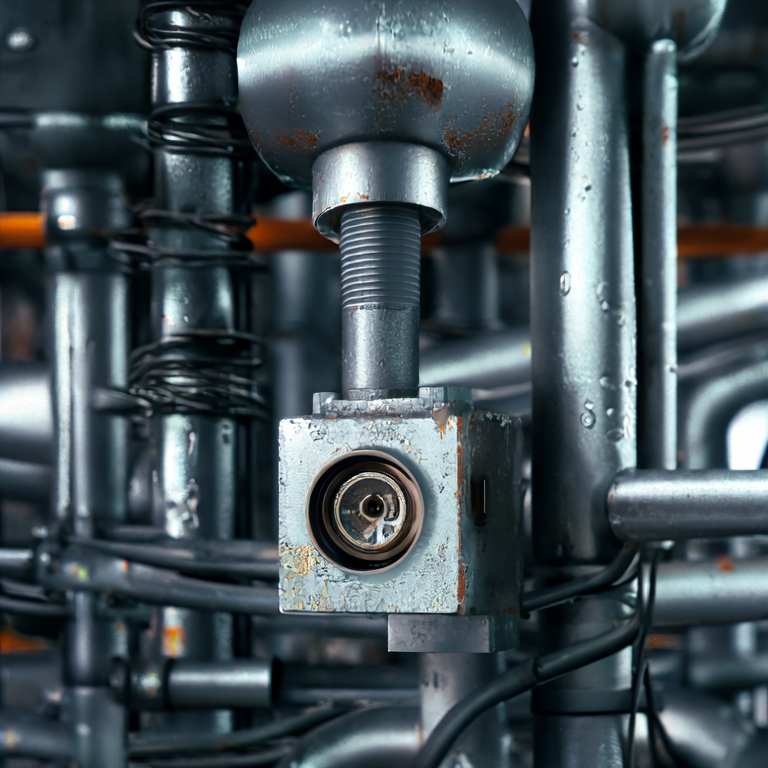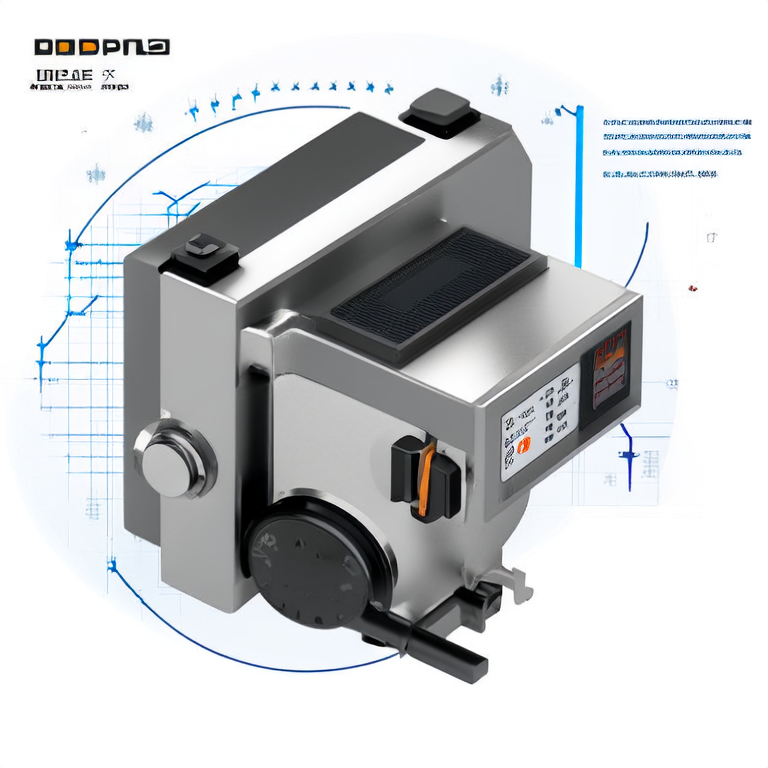Wastewater Plant Protects Process Lines with Tantalum Electrode Electromagnetic Flow Transmitter
Aug. 29, 2025
Table of Contents
Introduction
In wastewater treatment, measuring the flow of liquids accurately is crucial. The electromagnetic flow transmitter plays a significant role in this process. In wastewater plants, inconsistent flow measurements can lead to inefficiencies and costly mistakes. This is where tantalum electrode electromagnetic flow transmitters shine. These devices offer durability, accuracy, and low maintenance, enhancing the reliability of process lines. 
Summary Answer
A tantalum electrode electromagnetic flow transmitter helps wastewater plants protect their process lines by providing accurate flow measurements, ensuring reliability, and reducing maintenance.
1. Advantages of Tantalum Electrode Flow Transmitters
1.1 Reliability
Tantalum electrodes are known for their strong chemical resistance. This means they can endure the harsh conditions often found in wastewater. They are less likely to corrode compared to other materials, which enhances their longevity and reliability.
1.2 Accuracy
Electromagnetic flow transmitters operate using Faraday\'s Law of Electromagnetic Induction. This technology ensures precise flow measurements. With the correct size and installation, these devices can measure flow rates with an accuracy of up to 0.5%. This precision is crucial for process control in wastewater treatment plants.
1.3 Low Maintenance Requirements
Tantalum electrode electromagnetic flow transmitters require minimal maintenance. Unlike mechanical flow meters, which can wear out over time, electromagnetic devices have no moving parts. This design feature means they can operate for years without significant servicing, saving time and costs.
Conclusion
The use of a tantalum electrode electromagnetic flow transmitter is a vital aspect of waste management in treatment plants. These devices enhance process line protection by providing accurate measurements, ensuring reliability, and reducing the need for maintenance. Investing in high-quality flow transmitters leads to more efficient and efficient wastewater operations.
FAQ
- Q: What is an electromagnetic flow transmitter?
A: An electromagnetic flow transmitter measures the flow of conductive liquids using electromagnetic principles. - Q: Why is tantalum used in electrodes?
A: Tantalum is used because it offers excellent corrosion resistance, making it suitable for harsh environments. - Q: How accurate are electromagnetic flow transmitters?
A: These devices can achieve an accuracy of up to 0.5% under ideal conditions. - Q: Do electromagnetic flow transmitters require regular maintenance?
A: They typically have low maintenance requirements due to the lack of moving parts. - Q: Where are electromagnetic flow transmitters commonly used?
A: They are widely used in wastewater treatment plants, chemical processing industries, and food production facilities.




